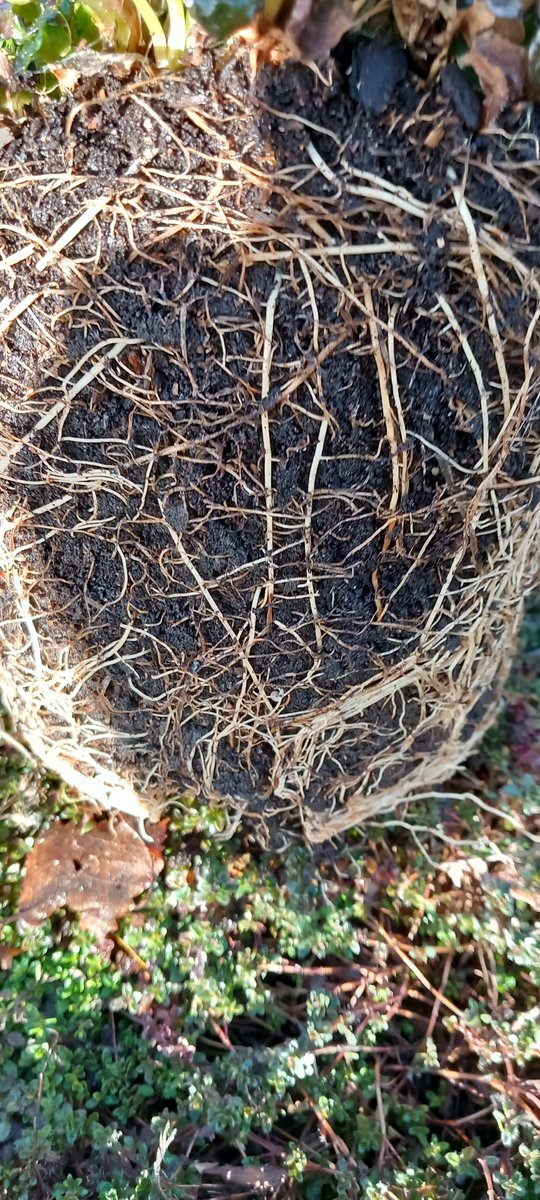
Chatting this week to a producer of #peatfree compost I gained an insight which I feel that I should already have had but anyway I thought I would share it in case like me, others missed its significance.
The peat that has been used widely in the horticultural industry comes from bogs where it has lain already decomposed for millennia. It's brilliant for making compost because it has a good structure, is inert and mostly weed and pathogen free
The way that it is harvested is that it is just stripped off the site when the weather allows and because it is already decomposed it can just be stored in vast heaps until it is required. If demand increases it is there in a stockpile and the demand can be fulfilled quickly.
There are a number of different materials used to replace peat in growing media. What they mostly have in common is that they need to go through a process before they can be used. Mainly composting.
Whereas peat doesn't really change from when it is dug to when it is made into compost. Peat free materials have to go through this process which stabilises the material chemically and heats it to temperatures high enough to eradicate pest, disease and weeds.
You wouldn't want the composting process to occur after the compost is made and bagged as it would play havoc with the plant nutrition for instance locking up nitrogen while the bacteria do their important work.
What this means in practice is that it is much harder to quickly satisfy a sudden increase in demand for #peatfree compost even if the raw materials are abundant.
Sorry @debandychas2004 it looks as though your reply disappeared but here are some ajugas and some mossy sax that were overwintered outside in Melcourt. The sax are some of the best we have ever grown. 







We had some horrendous losses this year. I think that the problems started with the heatwaves of last summer followed by a crazily mild autumn and then a normal cold snap. I only use one compost so can't make a comparison
but I have no reason to think that a different compost would have helped. Another large factor was me just running out of time and gambling that the plants would establish before winter which in some cases they didn't and so died
• • •
Missing some Tweet in this thread? You can try to
force a refresh




